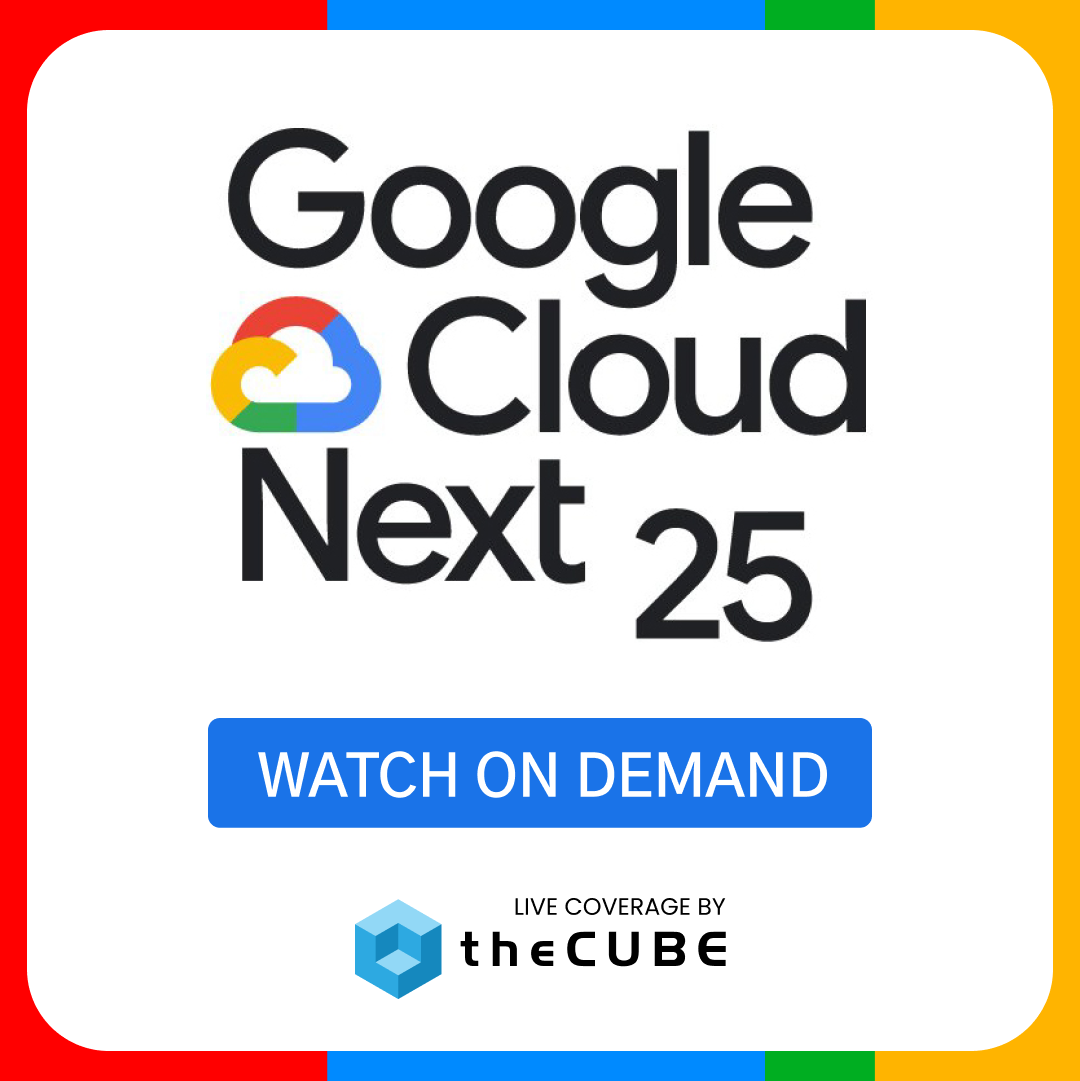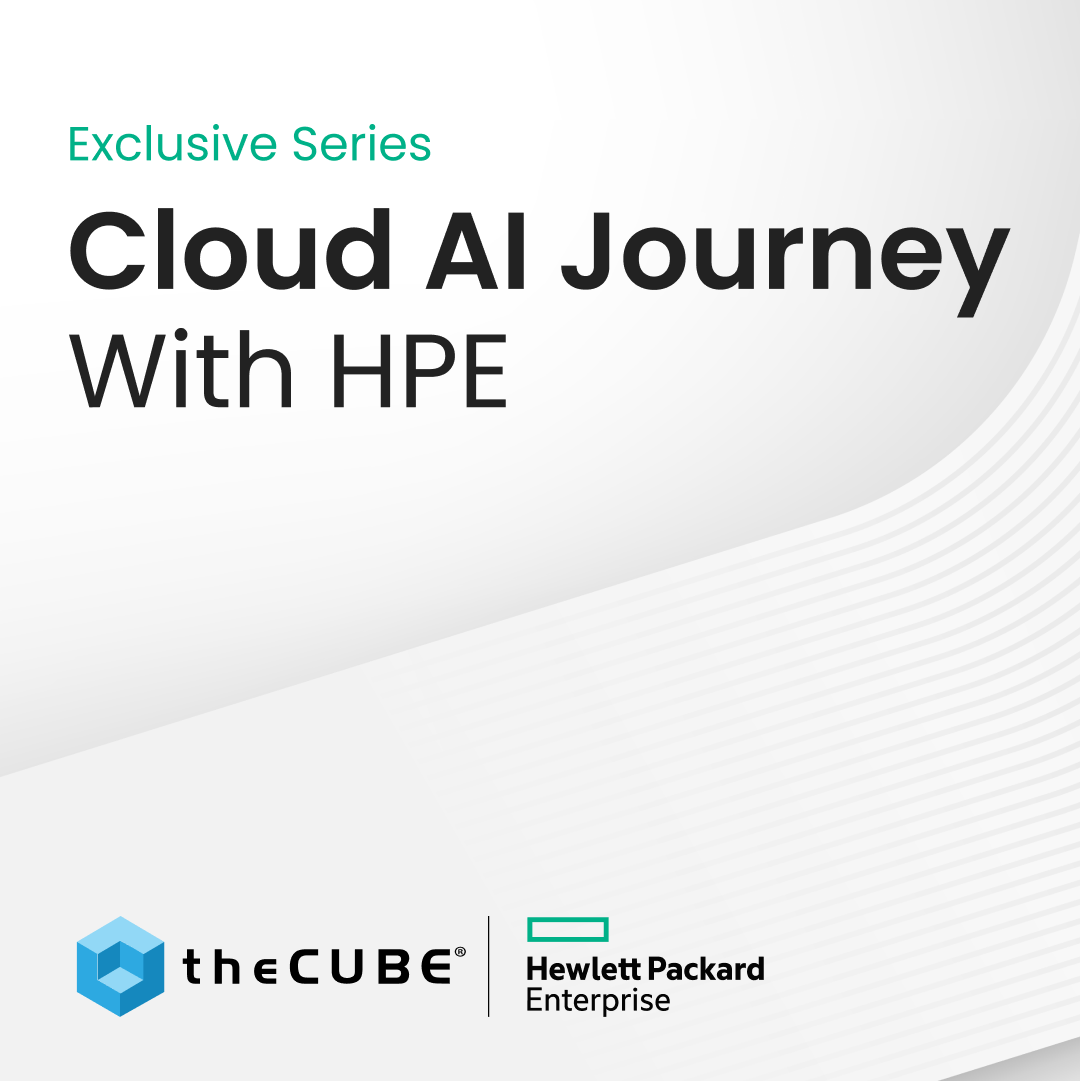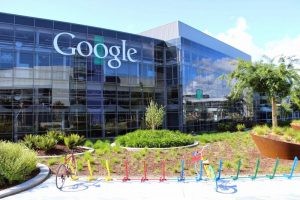5 Things Chrome OS Needs to Succeed
![]() The Chrome Operating System is Google’s revamped effort to compete against Microsoft’s and Apple’s hold on the laptop and desktop market, and as we approach Google I/O, the world is anxious to see if Google can top the developer-centric rival events from earlier this year including WWDC. Chromebook and Chromebox, the laptop and desktop versions of the Chrome OS are now available, with Samsung and Acer each offering a laptop version and Samsung offering the desktop hardware. The three available laptops all look very similar, and are pleasant in a way that Apple’s MacBooks are – uncluttered and well thought out. Sporting the Google Chrome logo and dark grey exteriors, the laptops are visually appealing much like the Chromebox, which is eerily similar in appearance to Apple’s Mac mini, although the price point is several hundred dollars cheaper than Apple’s.
The Chrome Operating System is Google’s revamped effort to compete against Microsoft’s and Apple’s hold on the laptop and desktop market, and as we approach Google I/O, the world is anxious to see if Google can top the developer-centric rival events from earlier this year including WWDC. Chromebook and Chromebox, the laptop and desktop versions of the Chrome OS are now available, with Samsung and Acer each offering a laptop version and Samsung offering the desktop hardware. The three available laptops all look very similar, and are pleasant in a way that Apple’s MacBooks are – uncluttered and well thought out. Sporting the Google Chrome logo and dark grey exteriors, the laptops are visually appealing much like the Chromebox, which is eerily similar in appearance to Apple’s Mac mini, although the price point is several hundred dollars cheaper than Apple’s.
Steven J. Vaughan-Nichols believes that the advent of the PC is nearing a close, “Google thinks we’re ready to say goodbye to fat client systems and move to cloud-based operating systems, such as its own Chrome OS. Instead of PCs, it wants us to use Chromeboxes and Chromebooks. We’re resisting, but I think we’ll come around to Google’s point of view in a few short years.”
Christopher Dawson of ZDNet believes that “in computer-land, three years is forever, and in that period of time, I expect that Chrome OS will be all over the enterprise, consumer spaces, schools, and SMBs. In fact, I expect that it will be ubiquitous in the way that Linux and Java are: we don’t even know we’re using them on our phones, in our TVs, in our DVRs…everywhere.”
Rajen Sheth, Google’s Group Product Manager for Chrome for Business says that, “Chromebooks represent the next stage in enterprise collaboration, but there are some idealistic (and technological) hurdles to overcome.”
With the challenges that Chrome OS faces, here are the top five things that are needed most for Chrome OS needs to fully succeed:
Broader WiFi
.
![]() For Google’s Chrome OS to succeed, there needs to be broader WiFi coverage available. Without widespread WiFi coverage, Chromebook will find itself oftentimes useless. Both the Chromebook and Chromebox are heavily reliant upon the cloud therefore, a Chromebook with no internet is going to essentially be a five pound paper weight. Free WiFi is available in many places, McDonalds, Starbucks, and many businesses offer it to their patrons, yet most cities and certainly most rural areas have not yet revamped up their WiFi network to ensure total connectivity.
For Google’s Chrome OS to succeed, there needs to be broader WiFi coverage available. Without widespread WiFi coverage, Chromebook will find itself oftentimes useless. Both the Chromebook and Chromebox are heavily reliant upon the cloud therefore, a Chromebook with no internet is going to essentially be a five pound paper weight. Free WiFi is available in many places, McDonalds, Starbucks, and many businesses offer it to their patrons, yet most cities and certainly most rural areas have not yet revamped up their WiFi network to ensure total connectivity.
WiFi through mobile phone companies is available through each of the major companies, with the additional expense of the WiFi transmitter as well as a monthly fee tacked onto the consumer’s wireless bill. Other companies, such as Clear, Boingo, and MiFi through Virgin Mobile offer wireless internet connections, but still require a monthly fee for usage. Comcast Xfinity has worked diligently to create and expand its WiFi hotspot coverage, which now features extensive coverage but only in a very limited area. These hotspots are available only to Comcast customers, and is only available from the Newark and Wilmington De areas, north to NYC, down the New Jersey shoreline, and the Connecticut coast, with a small area of upstate New York covered (Poughkeepsie area).
For Chrome OS to be desired by consumers, the WiFi offerings need to be greatly increased, either through Google partnerships with cities, or partnerships with the various companies that sell WiFi access, otherwise their Chrome OS will not be as useful to consumers who do not wish to be tied down to certain areas of usage.
Consumer Demand
.
![]() It’s no secret that in the waning years of the last millennium and the early years of the new millennium Apple was a company on life-support and a series of famous flops under its belt before it found wild success, starting with the iPod, turning it into the company it is today. Google needs to learn from the mistakes of Apple; the customer and total customer experience need to come first for Chrome OS to seriously give Microsoft or Apple a run for their money.
It’s no secret that in the waning years of the last millennium and the early years of the new millennium Apple was a company on life-support and a series of famous flops under its belt before it found wild success, starting with the iPod, turning it into the company it is today. Google needs to learn from the mistakes of Apple; the customer and total customer experience need to come first for Chrome OS to seriously give Microsoft or Apple a run for their money.
There are two essential components of the market that Google does have: the Chrome browser and Gmail along with its nearly two dozen applications, which include the wildly popular (more than 800 million unique users each month) YouTube video distribution and sharing website. Google needs to turn these users into Chrome OS loyalists, and to do so, they need to focus on the experience of the consumer and refrain from aggressively marketing the Chromebooks and Chromeboxes until the bugs of the OS are completely worked out.
Seamless Android Integration
.
![]() Christopher Dawson, in his list of Five Reasons that everyone will be using Chrome OS in three years includes “Because Chrome OS and Android will merge.” Sergey Brin, one of Google’s co-founders and is currently in charge of special projects predicted as early as 2009 “that Android and Chrome OS would like draw closer to each other and then merge. The Chrome browser for Android is hinting that this is getting closer to reality as are various bits of information emerging about Android 5,” which at the very least points to the starting stages of unification between the two.
Christopher Dawson, in his list of Five Reasons that everyone will be using Chrome OS in three years includes “Because Chrome OS and Android will merge.” Sergey Brin, one of Google’s co-founders and is currently in charge of special projects predicted as early as 2009 “that Android and Chrome OS would like draw closer to each other and then merge. The Chrome browser for Android is hinting that this is getting closer to reality as are various bits of information emerging about Android 5,” which at the very least points to the starting stages of unification between the two.
Android is already a dominant mobile operating system found on cell phones and tablets across the globe and with the upcoming merge between Google and Motorola Mobility there is even greater possibility for integration between Android and Chrome OS. “It’s quite possible that Google’s Android plus Motorola Mobility’s Webtop solves the search giant’s Chromebook conundrum.” With the new capabilities brought to Google thorugh the Mobility Webtop, seamless integration seems to be more of a possibility than ever, granting users the ability to go from device to device without hassle, much like Apple allows it’s users to when moving between iPhone, iPod, and Macbook/iMac.
Technical Demands
.
![]() The technical demands of Chrome OS were sorely lacking in last years version of the operating system. Christopher Dawson takes a look at the speed boost injected into Chrome OS which helps to overcome the dinosaur slow 2011 version of the system. While this increase in speed likely will have a negative effect on the longevity of the battery to compete against other laptops video editing, uploading, project management, and productivity software needs to be seamless and quick enough for users. Websites that rely heavily on graphics have trouble on the Chrome OS platform although with the faster graphics speed this has been somewhat remedied.
The technical demands of Chrome OS were sorely lacking in last years version of the operating system. Christopher Dawson takes a look at the speed boost injected into Chrome OS which helps to overcome the dinosaur slow 2011 version of the system. While this increase in speed likely will have a negative effect on the longevity of the battery to compete against other laptops video editing, uploading, project management, and productivity software needs to be seamless and quick enough for users. Websites that rely heavily on graphics have trouble on the Chrome OS platform although with the faster graphics speed this has been somewhat remedied.
The Chrome OS is heavily reliant upon the internet but offers “the simplest possible access to the Google ecosystem — i.e. Gmail, Calendar, Google Docs and so on and so forth,” and promises to be a cutting edge experience — when the tech demands are able to keep up with the potential offerings. In its current form, the Chromebook Samsung Series 5 is powered by an Intel Atom N570 dual-core CPU at 1.66Ghz, has 2GBs of RAM, and a 16GB SSD. Graphically, it has the Intel Graphics Media Accelerator 3150. While it sounds like a laptop from circa 2009, with the ultra-thin Linux OS and the Chrome browser bulky systems are not needed, nor are wireless hard drives, as everything is stored in the cloud.
Developer Support
.
![]() Developers looking to write applications for Chrome OS will merely be writing web apps leaving open the opportunity for a greater number of developer involvement. For Google Chrome OS to take off though, the Chrome developer support needs to be of the superior Apple model. Unfortunately, as Chrome OS is still only available to developers, to truly test the mettle of Googles’ Stable, beta, and development channels is not yet available. Chrome OS needs to be more widely available to entice developers to test out the Linux driven operating system, and unfortunately until then knowing exactly what is available to developers is difficult to judge.
Developers looking to write applications for Chrome OS will merely be writing web apps leaving open the opportunity for a greater number of developer involvement. For Google Chrome OS to take off though, the Chrome developer support needs to be of the superior Apple model. Unfortunately, as Chrome OS is still only available to developers, to truly test the mettle of Googles’ Stable, beta, and development channels is not yet available. Chrome OS needs to be more widely available to entice developers to test out the Linux driven operating system, and unfortunately until then knowing exactly what is available to developers is difficult to judge.
All in all, Google’s Chrome OS looks like it could finally be in the same arena to compete against Windows and Mac OS, with a few caveats. Unfortunately, the problem of WiFi, perhaps the most pressing issue is one that is not within the control of Google, making it the hardest one to overcome, meanwhile issues such as developer support and tech demands are easier to handle in house, unfortunately with the former only after the operating system is fully installed by the user. Yet, it would be hard to deny that Google Chrome OS will one day be a system to contend with, currently it might be too cutting edge to fully be accepted, but as the cloud and cloud computing become more common place, it might not seem so out of place to operate a laptop fully on a cloud-based operating system.
A message from John Furrier, co-founder of SiliconANGLE:
Your vote of support is important to us and it helps us keep the content FREE.
One click below supports our mission to provide free, deep, and relevant content.
Join our community on YouTube
Join the community that includes more than 15,000 #CubeAlumni experts, including Amazon.com CEO Andy Jassy, Dell Technologies founder and CEO Michael Dell, Intel CEO Pat Gelsinger, and many more luminaries and experts.
THANK YOU















